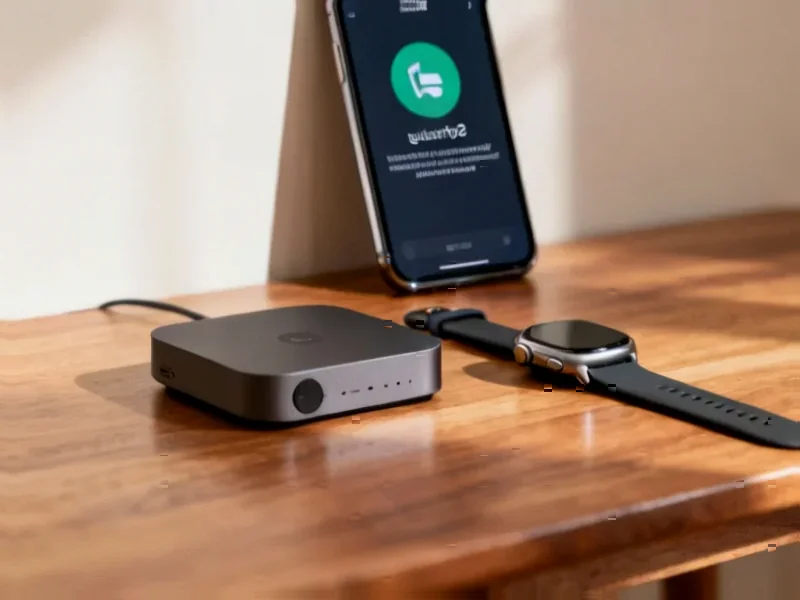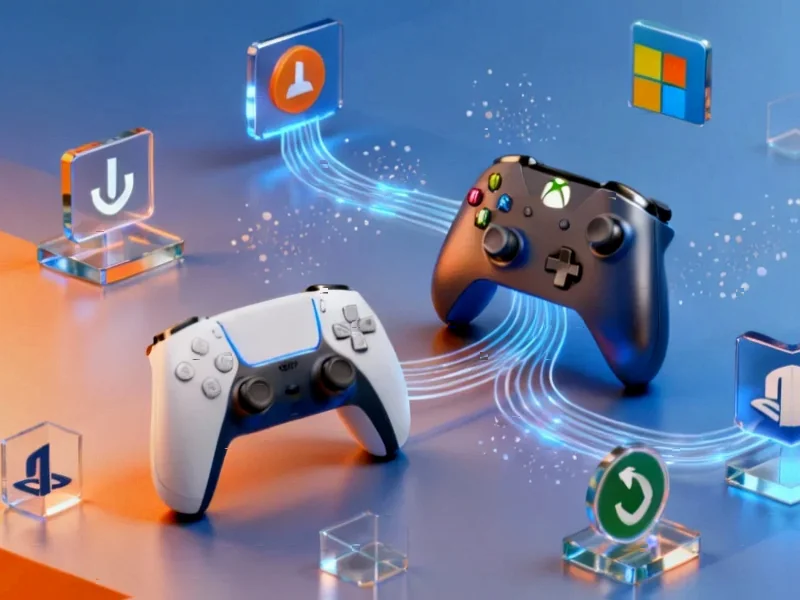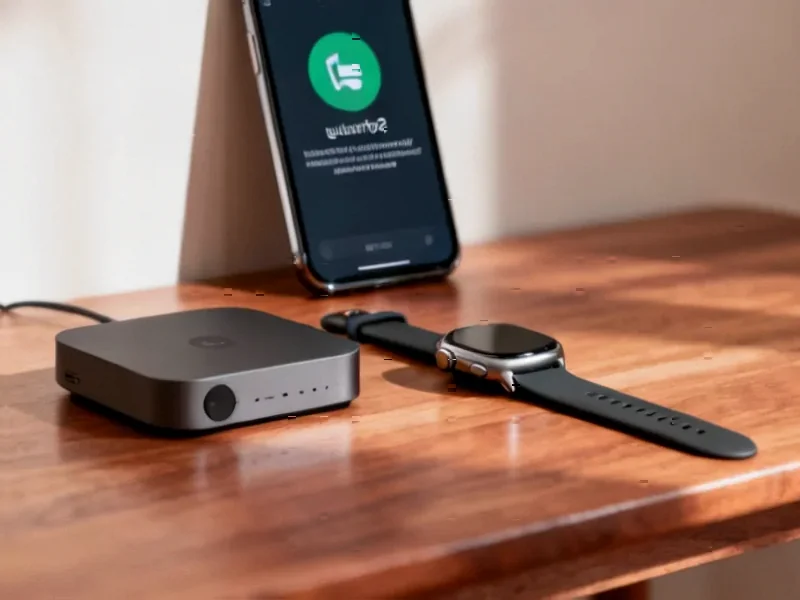According to Engadget, iOS 26.1, iPadOS 26.1, and macOS 26.1 are now available to all users, bringing the frosty Liquid Glass appearance option that was previously in beta testing. The feature allows users to make the screen behind notifications and tab bars more opaque through settings found under Display & Brightness, then Liquid Glass. The update also marks the return of Slide Over for iPad users, which has been reimagined to let users pin windows to the top of the screen with resizing and aspect ratio customization. These changes come amid ongoing debate about the Liquid Glass aesthetic that Apple introduced for its latest operating systems, joining other accessibility options for customizing the interface appearance.
The Accessibility-First Design Revolution
What Apple is quietly demonstrating with these incremental customization options is a fundamental shift toward what I call “adaptive accessibility” – where personalization features aren’t just for users with specific needs but become core to the mainstream experience. The frosty Liquid Glass option represents more than just an aesthetic choice; it’s part of a broader trend where Apple is recognizing that one-size-fits-all interface design no longer serves their diverse user base. This mirrors similar movements across the tech industry where companies like Microsoft and Google have been expanding their accessibility toolkits, but Apple’s integration of these features directly into core UI elements suggests they’re betting on customization as a primary differentiator.
iPad’s Productivity Paradox
The return of Slide Over, particularly in its reimagined form, speaks volumes about Apple’s ongoing struggle to position the iPad as a true productivity device. For years, the iPad has existed in a strange limbo between consumption device and laptop replacement, with Apple frequently adjusting its multitasking approach based on user feedback and technological capabilities. The current implementation suggests Apple is finally embracing the tablet’s unique form factor rather than trying to force laptop paradigms onto it. The ability to pin and hide windows acknowledges that tablet users need fluid, context-aware workflows rather than rigid desktop-style window management. This evolution points toward future iPadOS versions potentially introducing even more gesture-based and AI-driven window management that leverages the iPad’s touch interface strengths.
Where Liquid Glass Goes From Here
The divisive reaction to Liquid Glass that Engadget noted isn’t surprising – any significant visual overhaul generates strong opinions. However, the rapid introduction of customization options suggests Apple anticipated this response and built flexibility into their design system from the start. Looking forward, I expect we’ll see Liquid Glass evolve from a visual treatment into a dynamic framework that adapts to content, context, and user preferences. Future iterations could include AI-driven opacity adjustments based on ambient light, content type, or even time of day. The framework’s architecture likely supports much deeper customization than what’s currently exposed, positioning Apple to gradually introduce more personalization as user comfort with the new aesthetic grows.
The Broader Ecosystem Strategy
These simultaneous updates across iOS, iPadOS, and macOS reveal Apple’s continued commitment to maintaining visual and functional consistency across its ecosystem. The coordinated release timing and feature parity demonstrate that Apple views these customization options as essential to the core experience rather than platform-specific enhancements. This approach strengthens ecosystem lock-in while providing a consistent foundation for developers to build upon. As Apple continues refining its design language across all platforms, we’re likely seeing the early stages of a more flexible, user-configurable interface standard that will define Apple products for the next decade. The company that once famously offered minimal customization is strategically embracing controlled personalization as a competitive advantage against more flexible but less cohesive alternatives.




